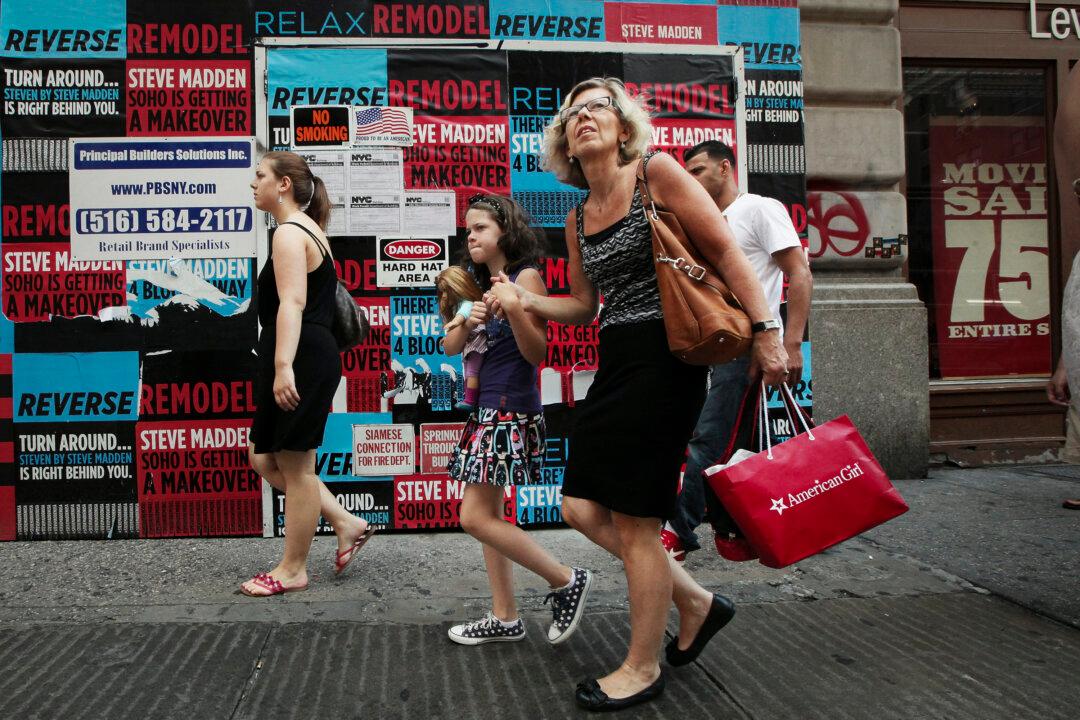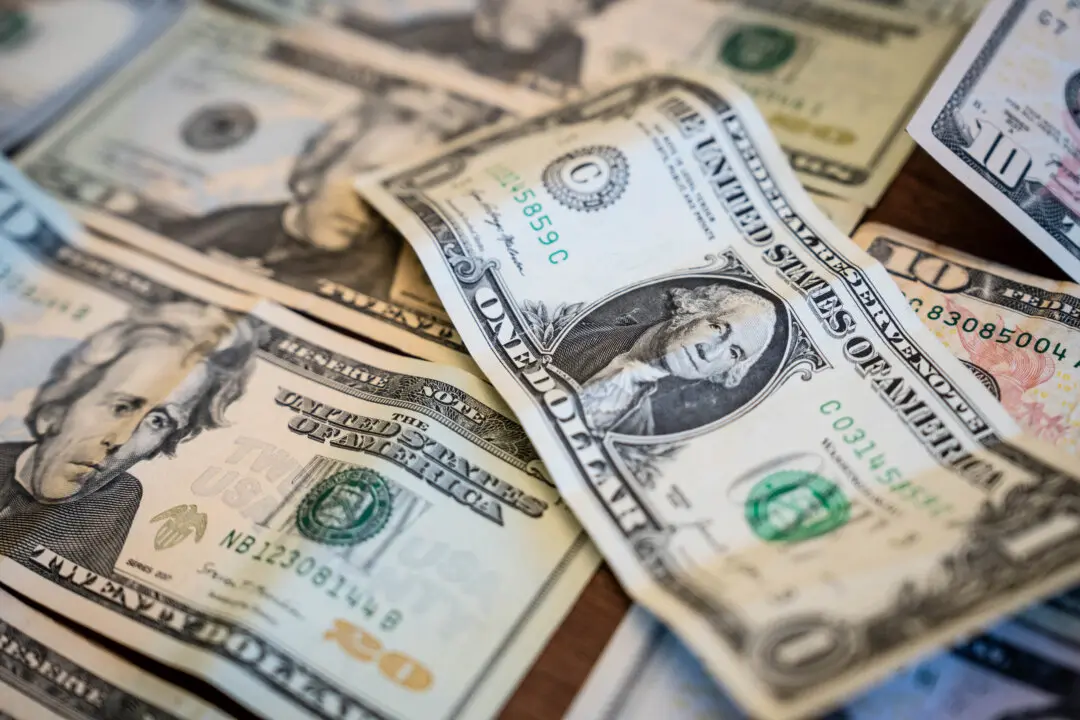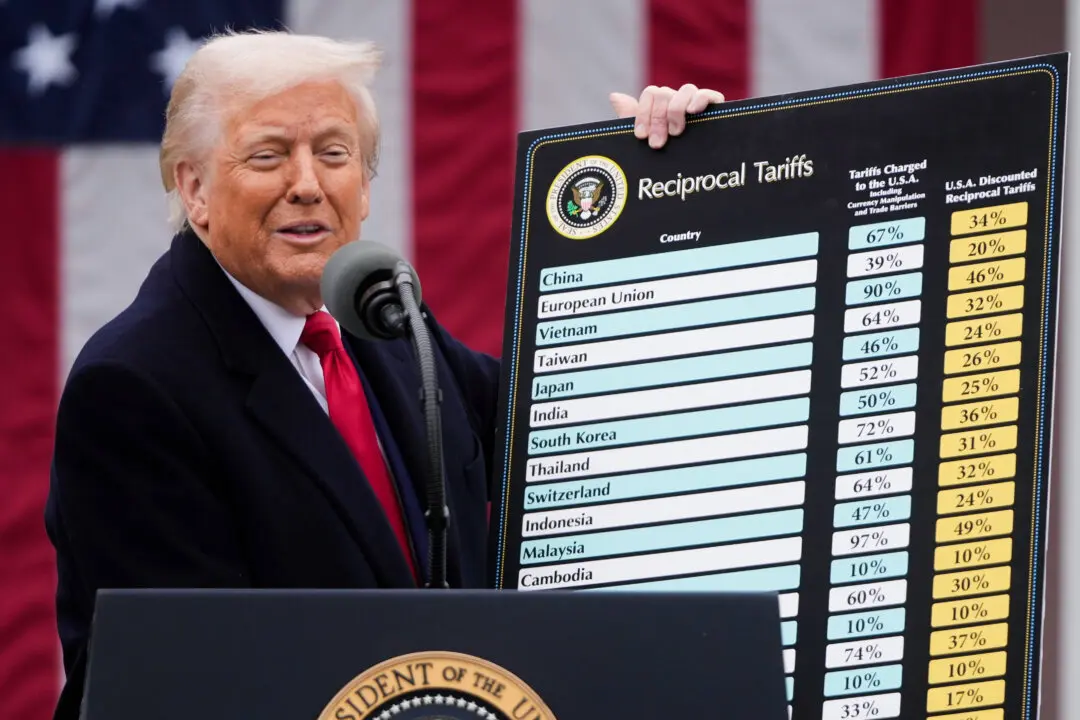The U.S. economy continued to expand in the second quarter, topping economists’ expectations and shrugging off the Federal Reserve’s 23-year high interest rates.
According to the advanced estimate from the Bureau of Economic Analysis on July 25, the U.S. economy grew at an annualized pace of 2.8 percent in the April–June period, up from 1.4 percent in the first quarter.





